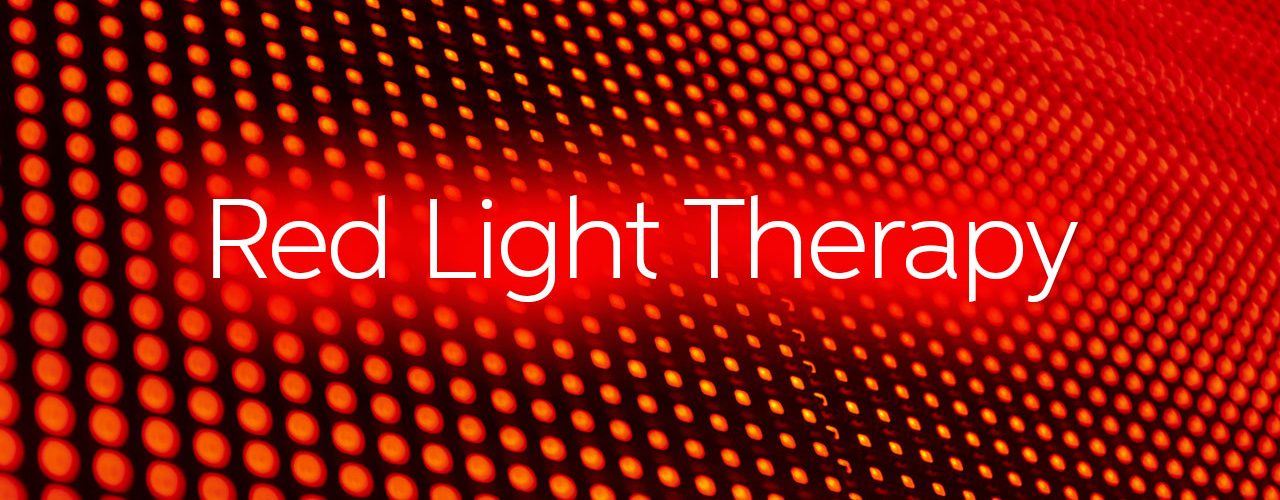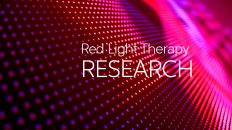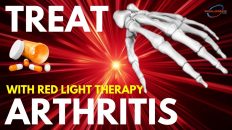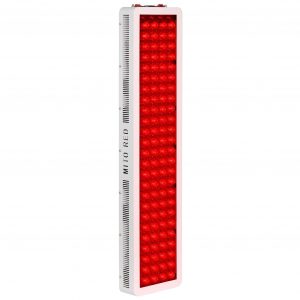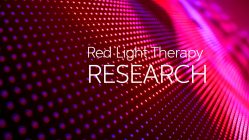From its origins in NASA experiments on plant growth in space and helping heal wounds in astronauts to eventually treating skin cancers and a multitude of other issues, red-light therapy “is already widely medically accepted in its use in photodynamic therapy” according to the Cleveland Clinic.
Red-light therapy works by acting on cell mitochondria, the “power plant” of the body’s cells, supplying extra energy to boost new cell growth to repair and enhance the skin, reduce pain, improve circulation, sleep, and much more.
Benefits of red-light therapy include:
Combats Fibromyalgia and Fights Hashimoto’s Hypothyroidism — Researchers in Brazil have been studying the effects of low-level laser therapy on the thyroid gland in Hashimoto’s thyroiditis, and the results have been astonishing. Most significantly, they found that all patients who received the therapy were able to reduce their levothyroxine dose, while 47% were able to discontinue levothyroxine and have normal thyroid function during the nine-month follow-up.
Decreases Pain — As light penetrates the body, a photochemical reaction is induced in the cells, a process referred to as “photobiomodulation” or PBM. Cascades of therapeutic chemical processes that support the body’s own innate healing capabilities are being released. Radiation of tissue with light causes an increase in mitochondrial products such as ATP, NADH, protein, and RNA. ATP (adenosine triphosphate) provides cellular energy and fights oxidative stress. Nitric oxide is also released, which plays an important role in phototherapy pain relief.
Lowers Inflammation and Potential Inflammation-Related Diseases – Red-light therapy alleviates chronic inflammation by increasing blood flow to the damaged tissues, and has been found in numerous clinical trials to increase the body’s antioxidant defenses. . . . (read more)
SOURCE: Chiropratics Economics

